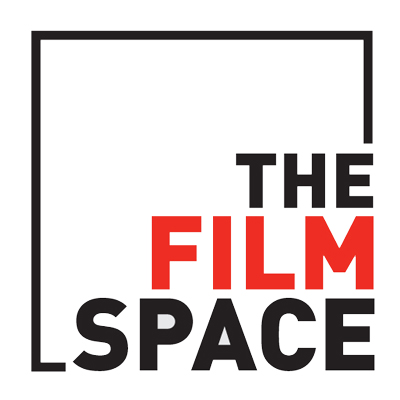Newsletter November 2014
The Film Space is delighted to announce that Teaching Trailers – Winter 2014 will be released and available on www.thefilmspace.org on the 1st of December…
Co-Founder, Managing Director
Educated at the University of York where he studied English and Related Literatures, went on to teach at the famous London Comprehensive school, Holland Park. During his time at Holland Park he held the posts of Head of English, Head of Film and Media and Deputy Head of Humanities Faculty
In 1986 he founded FILM EDUCATION at the instigation of David Puttnam. The organisation expanded from producing printed study materials to developing CD ROMS, running In Service training for teachers, producing television programmes for the BBC Learning Zone and Channel 4 Schools on film related topics as well as continuing to produce film related and generic print materials. Ian was in charge of developing educational policy and ideas for publications, events, CD ROM’s and television programmes.
Since 1995 working with the Film Education TV team Ian developed over 50 television programmes, both as producer and scriptwriter.
Ian has won two BAFTA’s (children’s interactive learning) as well as a ‘Learning on Screen’ award, all for interactive teaching resources.
In addition to this, Ian has written three text books for schools on Media Studies, helped to develop three examination syllabi (at both GCSE and A Level) on Media Studies and was a consultant on the development of the Moving Image Arts A level for CCEA (Northern Ireland).
A founder member of the European Association for Audio Visual Media Educators, he was a member of the Department of Culture, Media and Sport’s Film Education Working Party and has served as a jury member for the BAFTA Children’s Drama Award and the BUFVC’s Learning on Screen awards.
Ian speaks on issues relating to education, media literacy and film all over the world.
The Film Space is delighted to announce that Teaching Trailers – Winter 2014 will be released and available on www.thefilmspace.org on the 1st of December…
SELMA, the story of Dr. Martin Luther King Jr.’s historic struggle to secure voting rights for African-Americans, will open in cinemas on 6 February next year. 2015 marks the 50th anniversary of this pivotal moment in the US Civil Rights Movement. An interactive web based resource on the film and its historical background, focused on […]
Using digital camcorders and editing software, groups of participants produced their own moving image transformation. Working with a given poem, visual image and a selection of music soundtrack options, pre- production, production and post-production activity were completed within the two hours. – Martin Phillips
This session looked at practical ways of using image and sound together in children’s filmmaking: starting with the image, starting with the sound, and developing image and sound together. – Tom Barrance
Using examples from music video, advertising and poem films, this session considered the ways in which digital technology encourages experimentation with textual forms and blurs the edges between genres. Taking the notion of mood or tone as a starting point, participants explored ways in which montage operates across a variety of texts. Some practical outcomes from the classroom were presented for analysis and discussion and the classroom contexts in which they were produced were examined. – Martin Phillips
Many promising student video productions are marred by poor (or no!) lighting and indifferent sound. Doing exactly what it says on the tin, this workshop considered these two important elements of the creative process and focused on the expressive effects that can be achieved even with the simplest equipment. Participants worked in groups to devise their own son et lumière. – Martin Phillips and Tim Arnold
The Primary Framework for Literacy recommends the analysis of film trailers as persuasive texts. In a short space of time, a trailer can establish genre, mood and atmosphere and give suggestion of character, plot and key themes.
Film trailers are ideal moving image texts for primary literacy, as they can be watched in one sitting and read as a whole. The power of editing, sound and language combine in a trailer to excite and influence audiences. Trailers are narrative constructs as well as persuasive texts. – Julie Green
Based on Anthony Minghella’s concept of the ‘film sentence’, this workshop took the ‘word, sentence, text’ approach to Primary Literacy further by exploring the relationship between shot, sequence and text on film. Key film concepts such as sound, light, colour and most significantly, the importance of editing were explored in order to develop a greater understanding of the cultural significance of story on film in the digital age. Delegates worked on laptops to actively deconstruct film extracts. – Julie Green
This workshop explored some strategies for combining sound and image in a non-narrative, non-documentary form that have been deployed in the on-going Sonic Postcards project. Over the course of a two-hour practical session participants took a journey, collecting sounds using portable sound recorders, editing these together into a soundscape; generating and animating text and creating hand-drawn abstract animation, all through the creative use of ICT. Finally the sound and visual elements were combined to create a ‘sonikinetic’ postcard. – Duncan Chapman
Film is embedded in the new Primary Framework for Literacy where emphasis is placed on visual literacy and on- screen texts. Film Education’s Picturacy® series takes the ‘word, sentence’ text’ approach to literacy further by exploring the relationship between shot, sequence and text on film. – Julie Green
